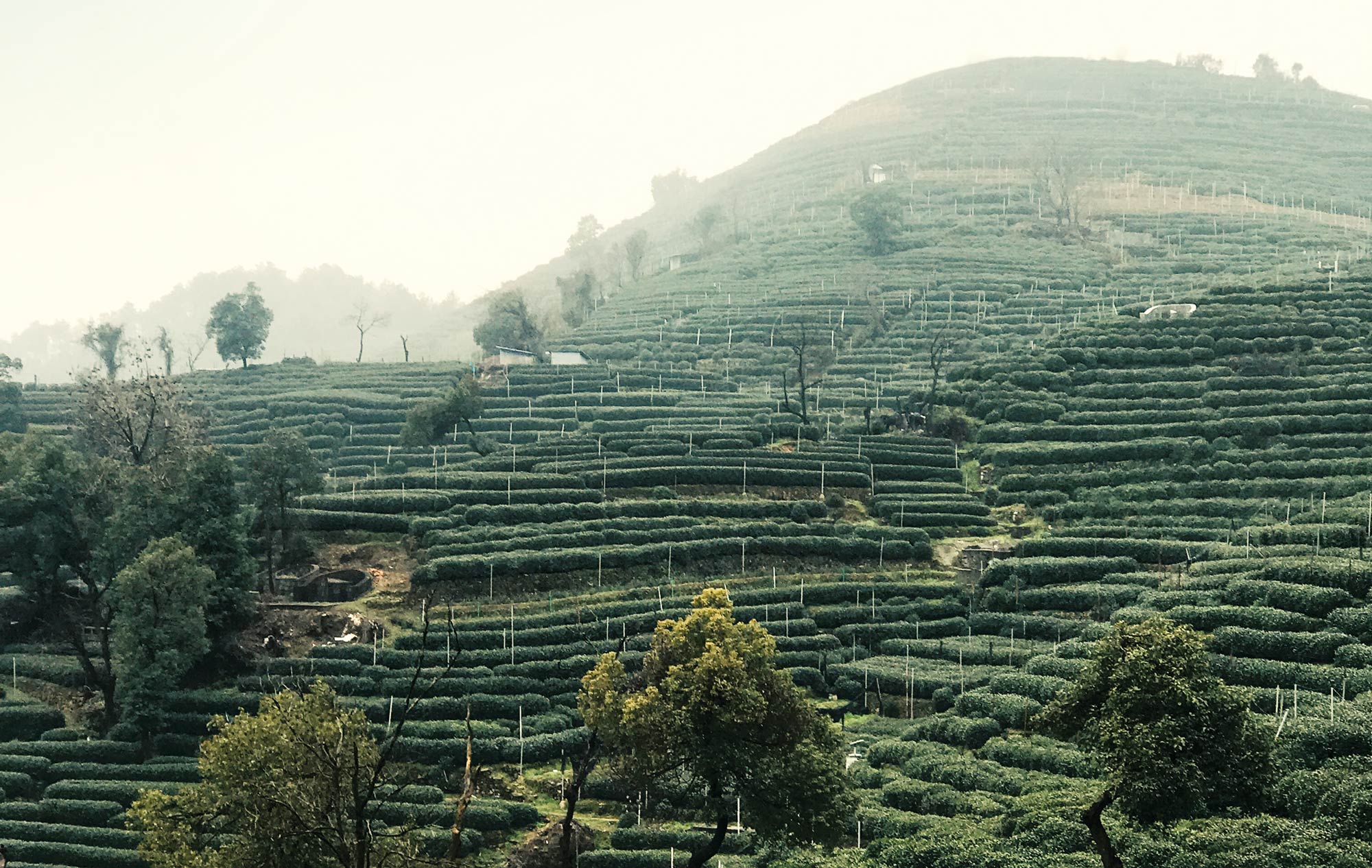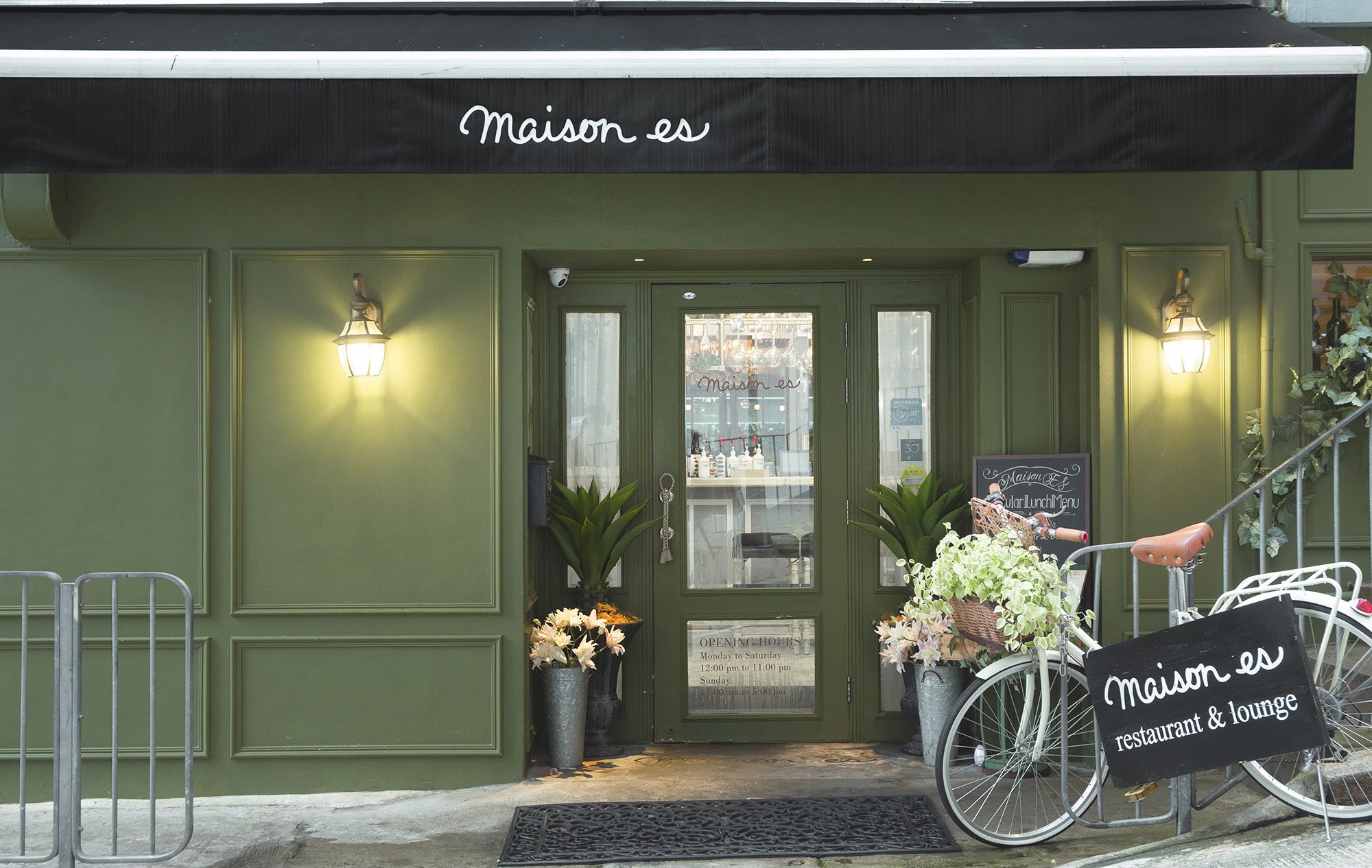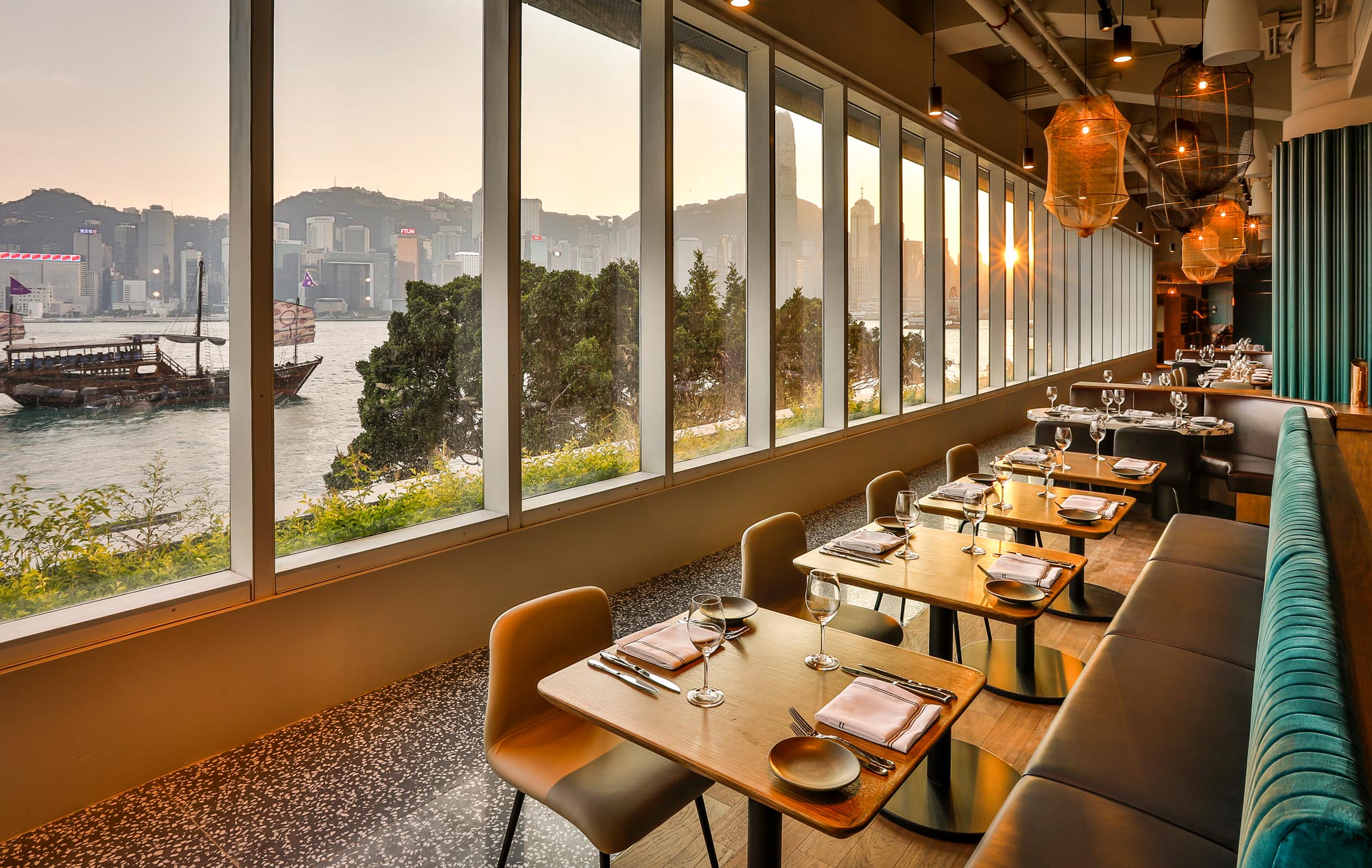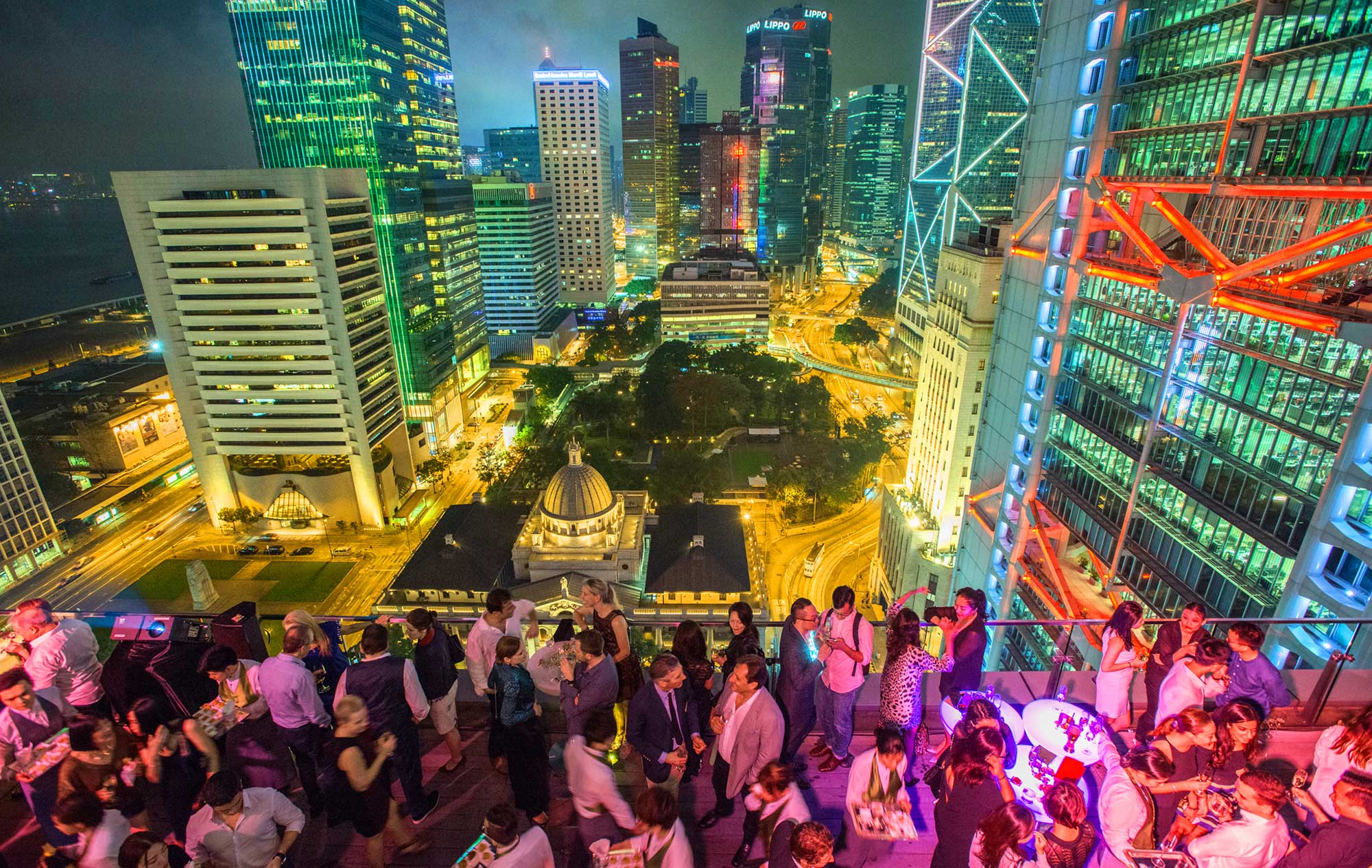Despite the fact that tea – the most popular beverage in the world – originated in China, the complex world of contemporary Chinese tea is often lost in translation. Determined to set the record straight, writer and tea lover Yannie Chan Sin Yan takes on the challenge of demystifying tea leaves in her new book Tea is for Everyone: Making Chinese Tea Accessible. Here, she reveals five of the most intriguing Chinese teas and where to find them.
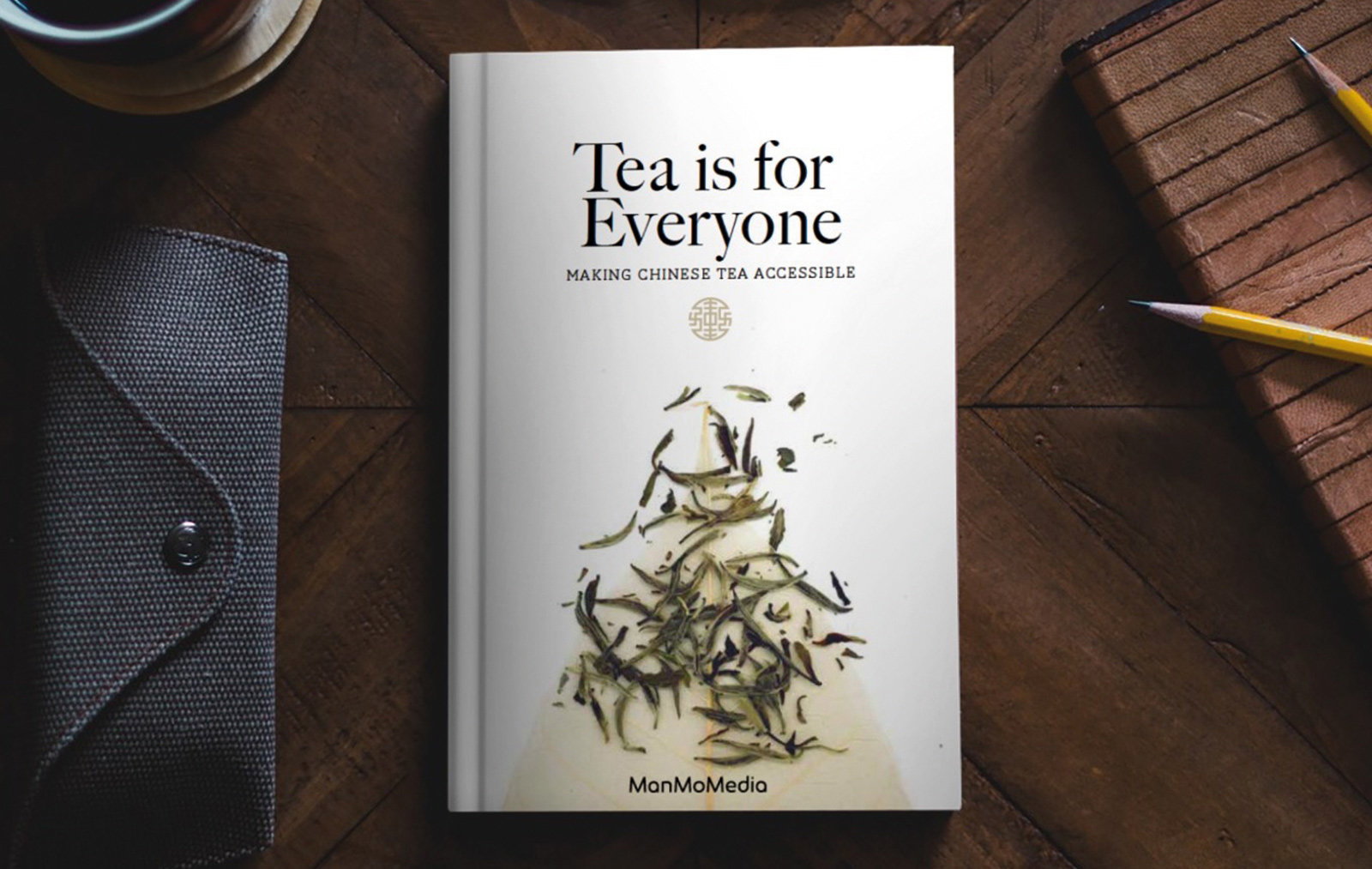
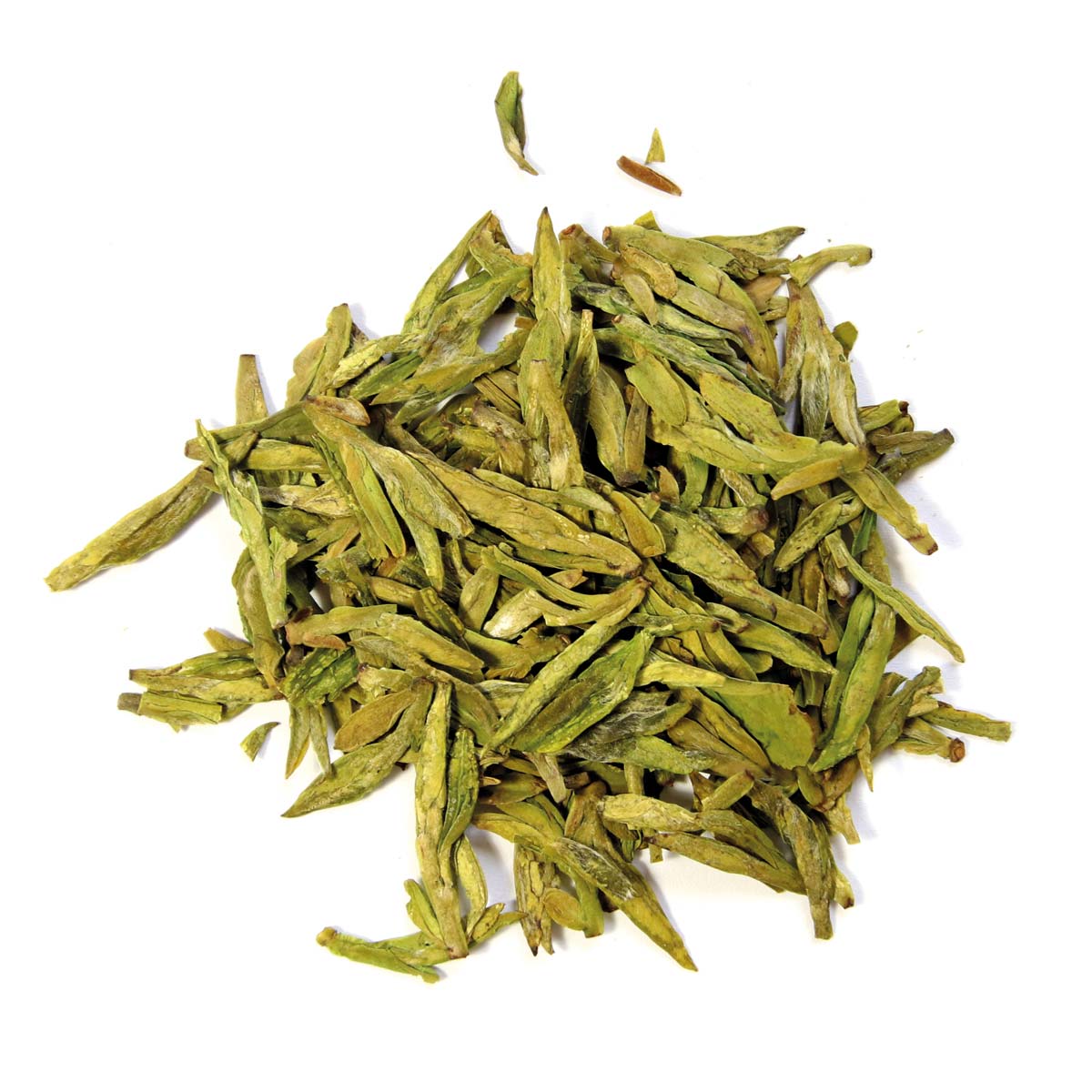
Xihu Longjing
What it is: Longjing, literally ‘dragon well’, has smooth, flat leaves and a bright taste with grassy or nutty notes. According to the theory of traditional Chinese medicine, Longjing’s cooling properties make it a great beverage for the summer months.
Where to find it: Authentic Longjing is grown in Zhejiang province, south of Shanghai. The West Lake (Xihu) area of Hangzhou is home to Longjing village, which gives its name to the tea. Both Longjing and the neighbouring Meijiawu village are set into rolling hills lined with rows of tea bushes. Tea shops and humble houses alike will serve tea by the glass, alongside home-style dishes like bamboo shoots and steamed chicken. The best time to visit is during tea season, which runs from March till June. Be warned, longjing is expensive: premium-grade leaves like Xihu Longing cost about HK$3,000 per 500 grams, depending on the year.
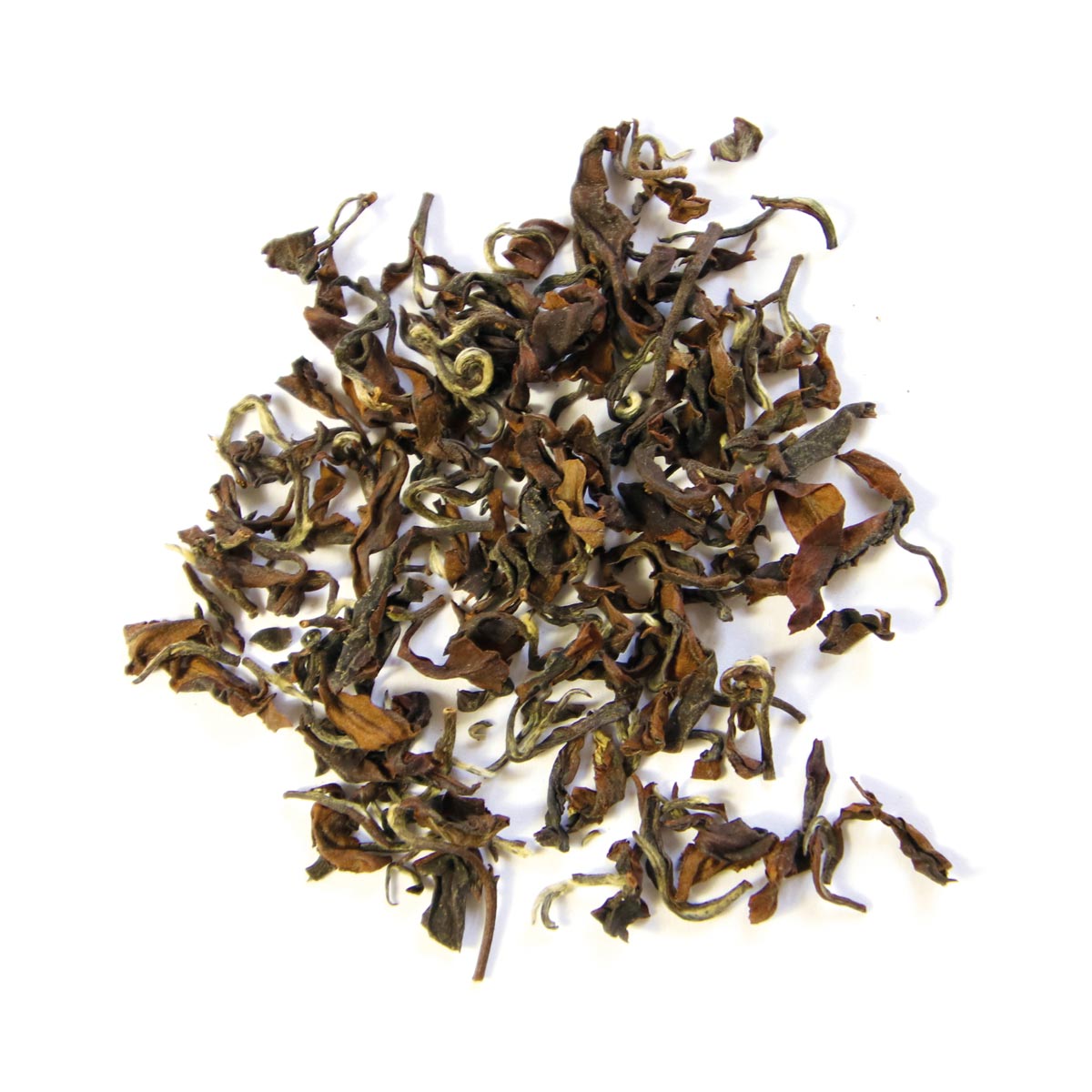
Oriental Beauty
What it is: There’s a host of wulong teas, but Oriental Beauty stands out. Wulongs are known for their strong floral fragrance, thanks to the heavy oxidation of the leaves. But this one also boasts an unforgettable honey note, because tea makers only use leaves that have been visited by Jacobiasca formosana, a tiny leafhopper insect whose bite causes the plant to release more aromatic compounds.
Where to find it: Oriental Beauty is produced mainly in Hsinchu County, south of Taipei. Increasingly, tea makers are setting up their own retail spaces to sell this honeyed tea. Lishui Street in Taipei’s Da’an District is a well-known ‘tea street’.
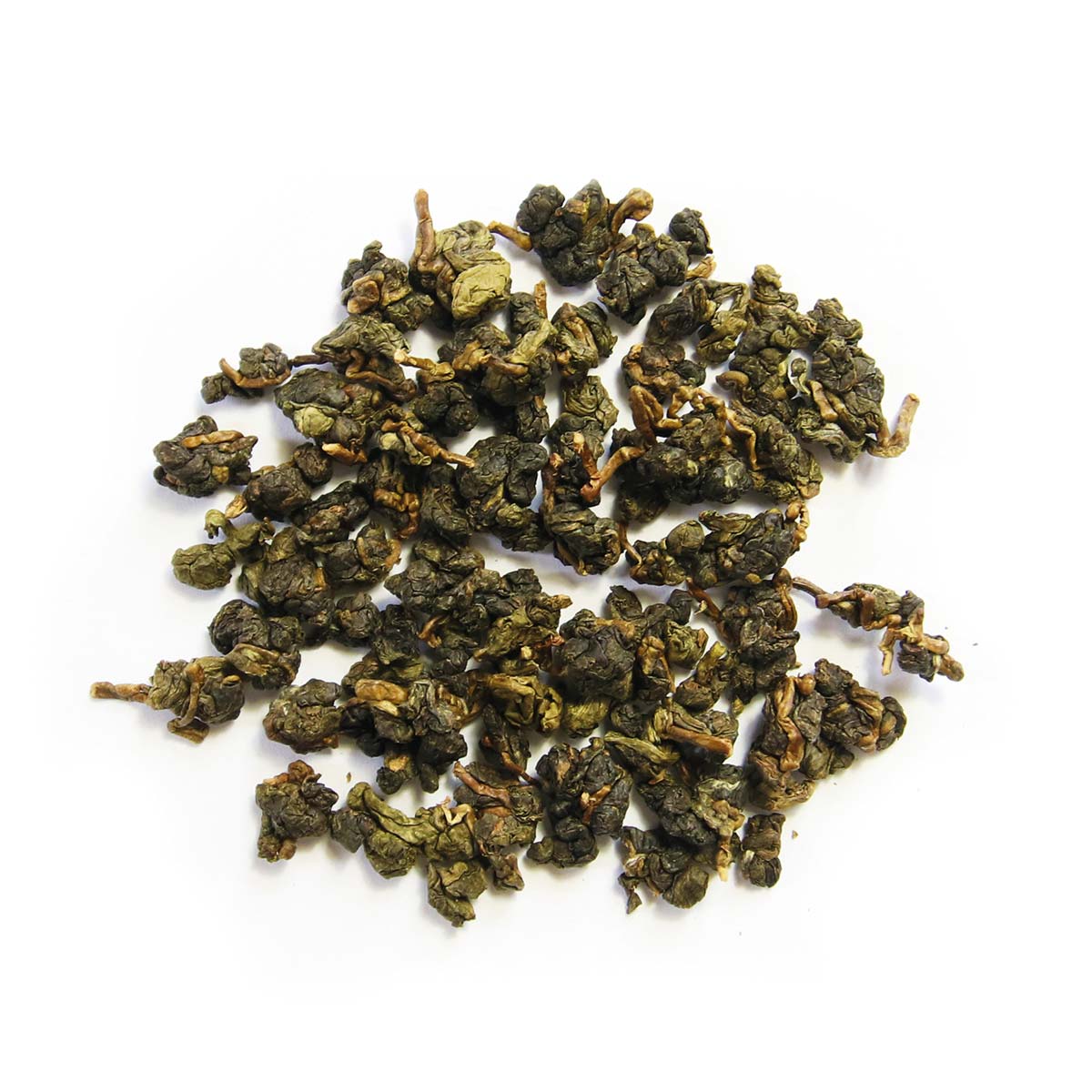
Gaoshancha
What it is: Gaoshancha, sometimes called ‘High Mountain Tea’, is another popular Taiwanese wulong, and usually comes in a tightly-curled ball. Many describe the tea’s nuanced flavour profile as ‘Mountain Essence’, which implies an elegant floral fragrance with a pleasant bittersweetness at the back of the throat.
Where to find it: Experience the ‘Mountain Essence’ for yourself by heading to Alishan in Chiayi County. southwest Taiwan. Limited sunshine in the high mountains leads to a slower growth rate, resulting in strong aromas and tender leaves.
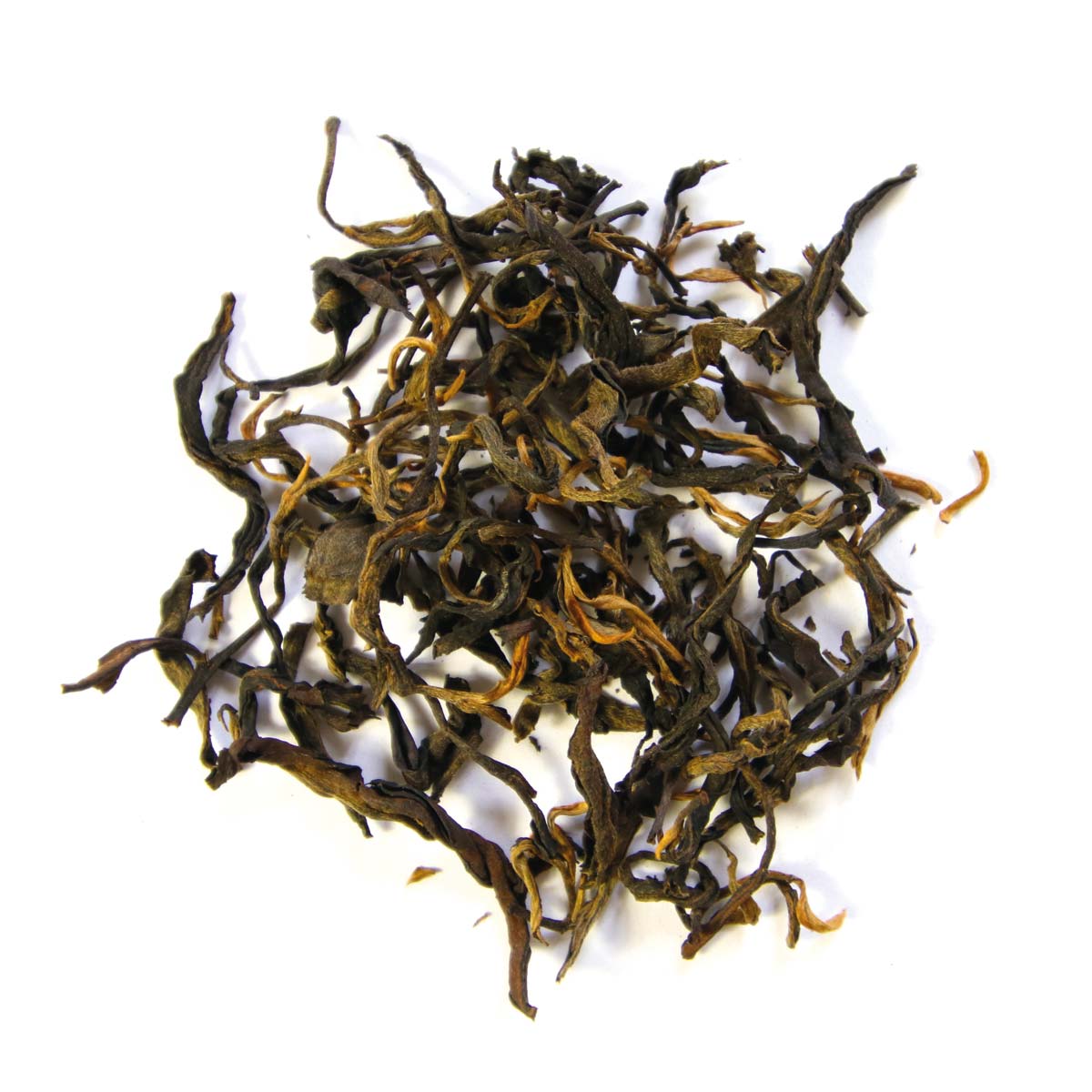
Dianhong
What it is: By definition, pu’er tea has to be grown in Yunnan in southern China, making it a pilgrimage site for fans of the dark, rich, fermented brew. But there’s something else to look out for in Yunnan: Dianhong, a red tea – confusingly known as black tea in the West. It has a distinctive sweetness, with notes of black sugar and lychee.
Where to find it: Popular tasting regions include Xishuangbanna and Pu’er. Look for intact tea leaves, which usually indicates better processing – and always taste before you buy.
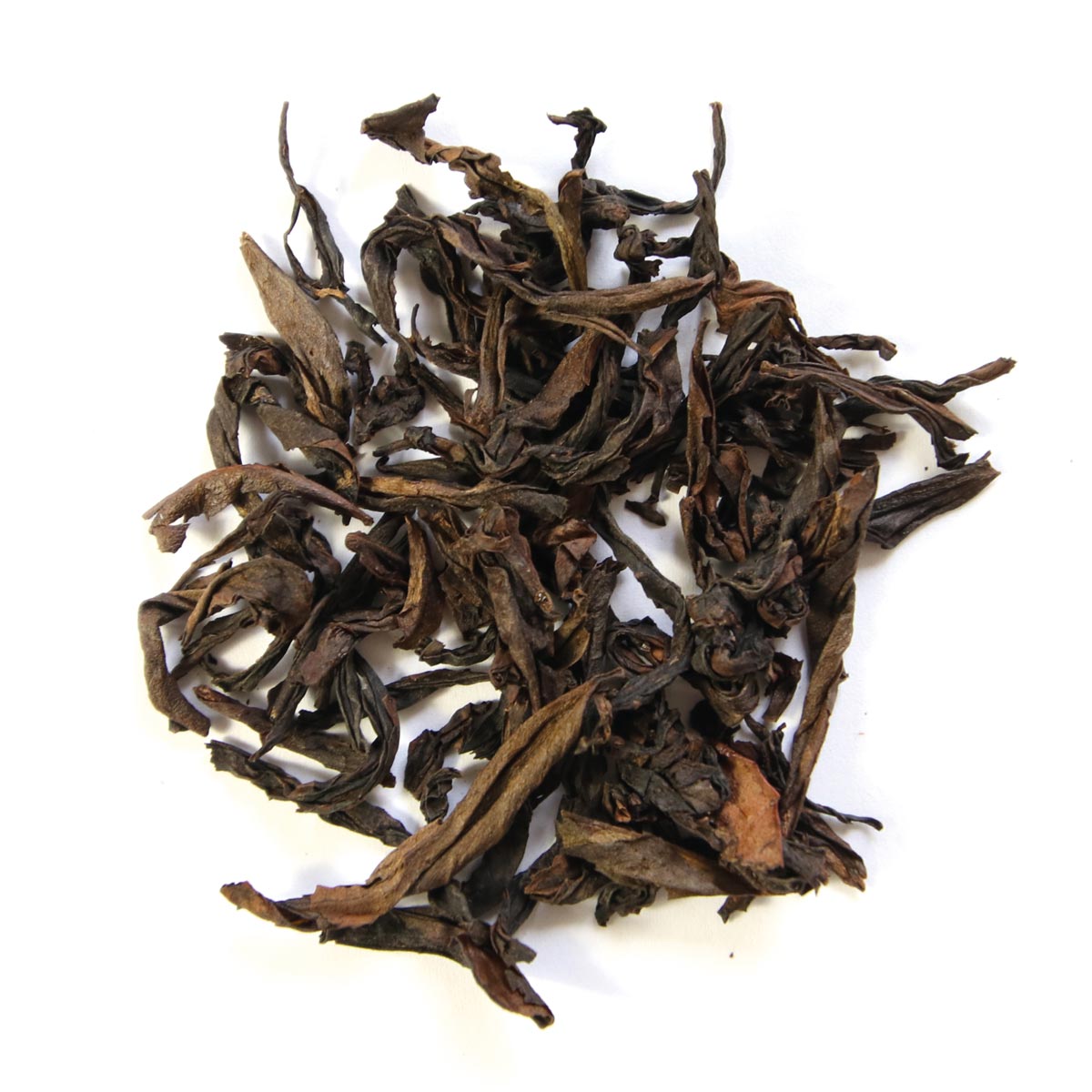
Wuyi Yancha
What it is: Wuyi Yancha, also called Rock Tea, is a partially oxidised tea. It belongs in the wulong family but its taste profile is one-of-a-kind: instead of the strong floral or fruity fragrance many associate with wulong, wuyi yancha is coveted for its heavy roast and dark, bold flavour.
Where to find it: When in Wuyishan, north of Fuzhou, try all four wuyi yanchas: dahongpao ‘big red robe’, tieluohan ‘iron monk’, shuijingui ‘water golden turtle’, and baijiguan ‘white cockscomb’. Start with the bigger brand names such as Junde Tea Company (駿德茶業) and Xiang Jiang Cha Ye (香江茶業), before checking out smaller tea plantations.
Try It Inflight
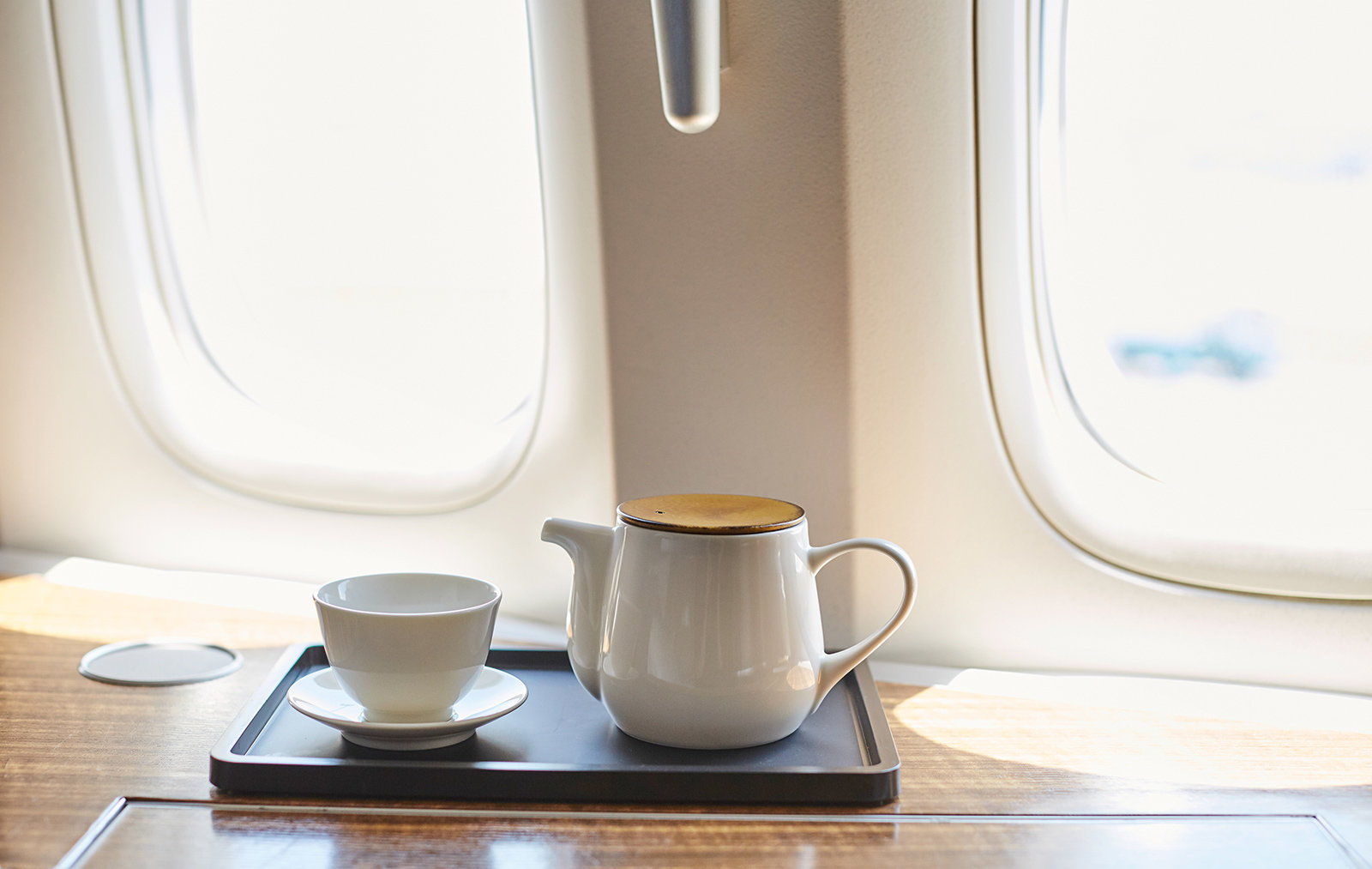
Sample JING Tea’s brews inflight – specially chosen to taste best at high altitudes. In First Class, try teas including Jasmine Silver Needle or Iron Buddha, while in Business Class explore the Jasmine Spring Tip or Oolong brews. ‘JING Tea’s whole objective is to ensure each tea is traceable back to a single tea garden – so wherever you are in the world, the tea is connecting you to the people and the place of origin,’ says Charlotte Thomas, communications director for JING Tea.
How to Brew Chinese Tea Like a Pro
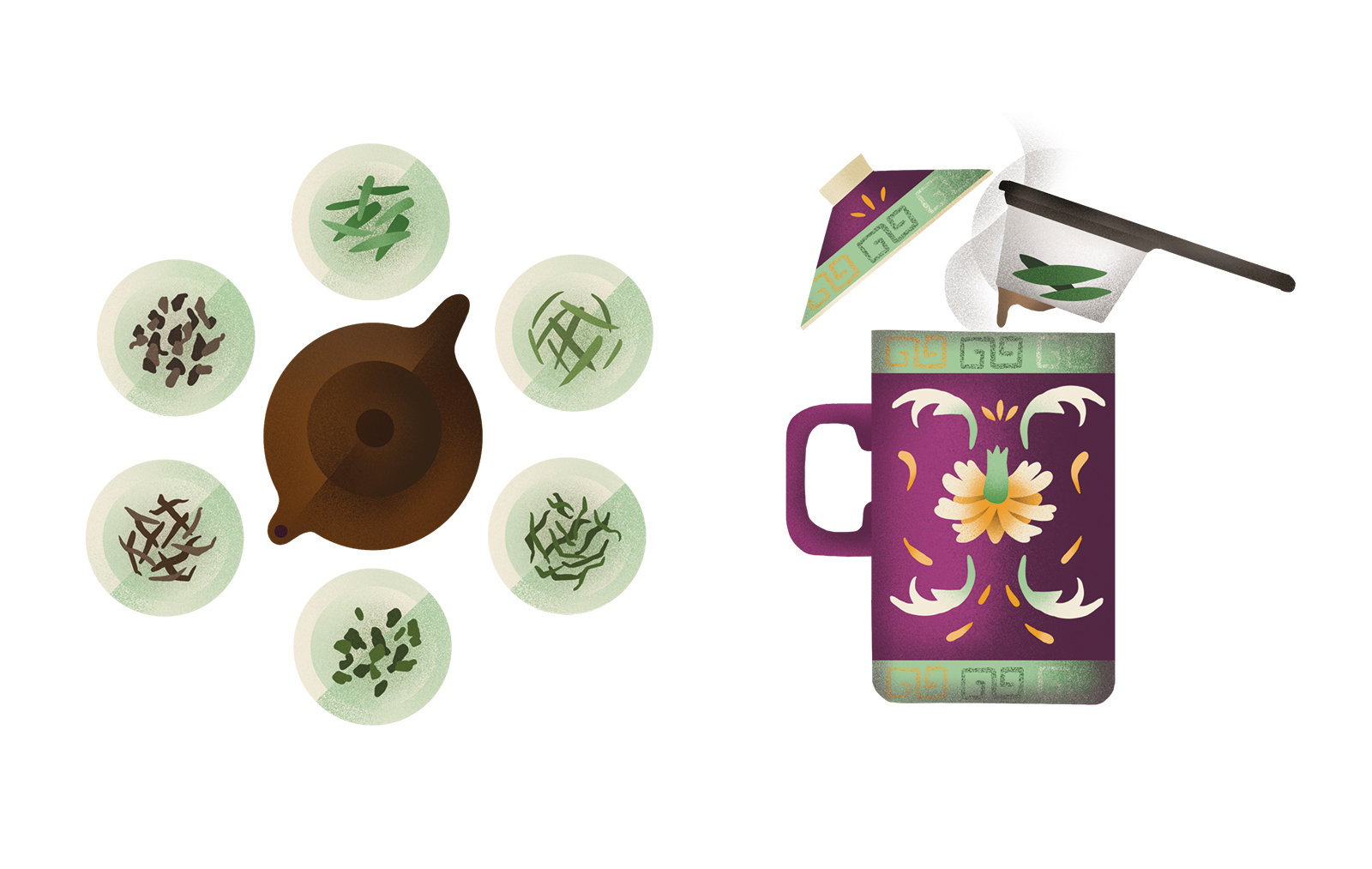
Choose Your Blend
There are six main types of Chinese tea, with countless varieties. Floral teas such as jasmine are general crowd-pleasers, while pu’er is often more of an acquired taste.
Steep Wisely
Brew and drink your tea in small batches. The number one rule: don’t over-steep. The best way to avoid it is a mug with a strainer. Steep your tea for few minutes the first time around, adding a few more minutes each time you add water. Good teas can last up to a dozen brews.

Check Your Equipment
A teapot or mug does the job, but try a gaiwan – basically a larger cup with a saucer and lid. Fill around one-fifth or sixth full with tea leaves, pour in hot water, steep for 30 seconds to a few minutes, then decant. Add 20-30 seconds for each additional steep.
Equali-Tea for All
If you really want to do things right, pour your tea into a ‘fairness pitcher’ before serving. Even 10 seconds of brewing can dramatically affect the colour and flavour of the tea, meaning the first person and last person to receive their pour could have radically different beverages.



